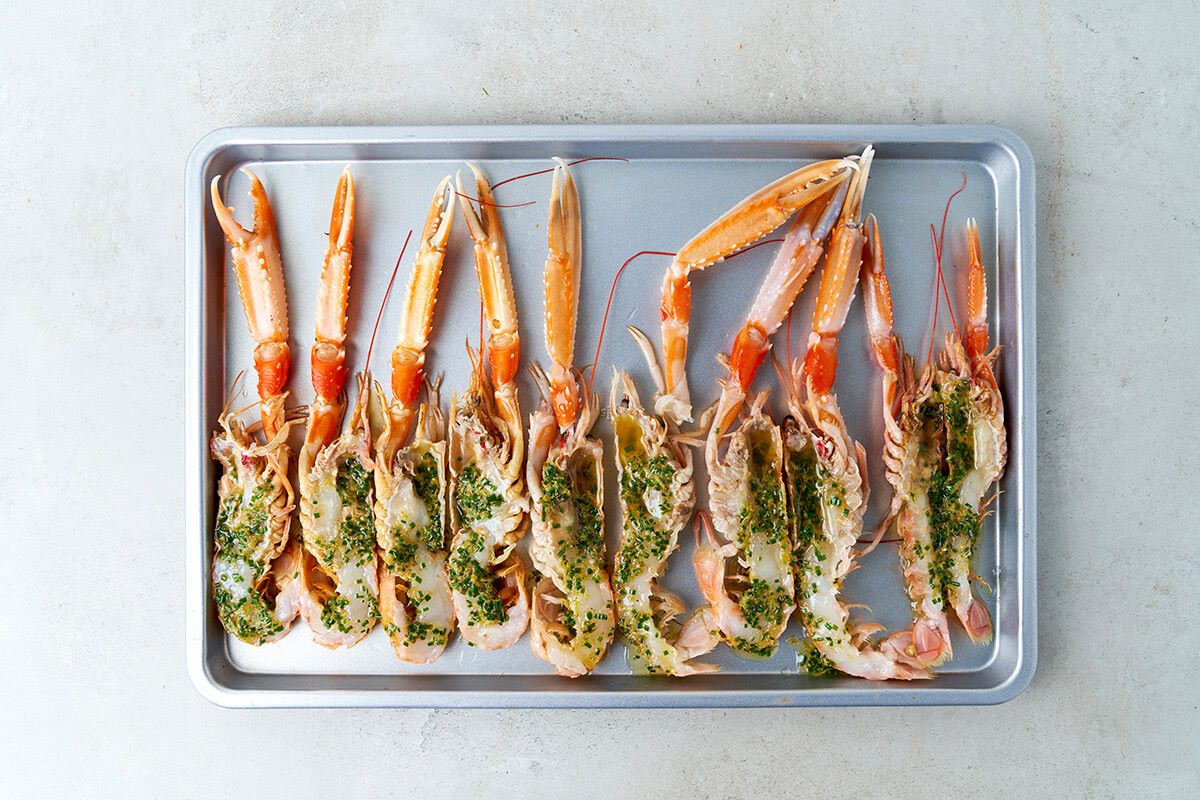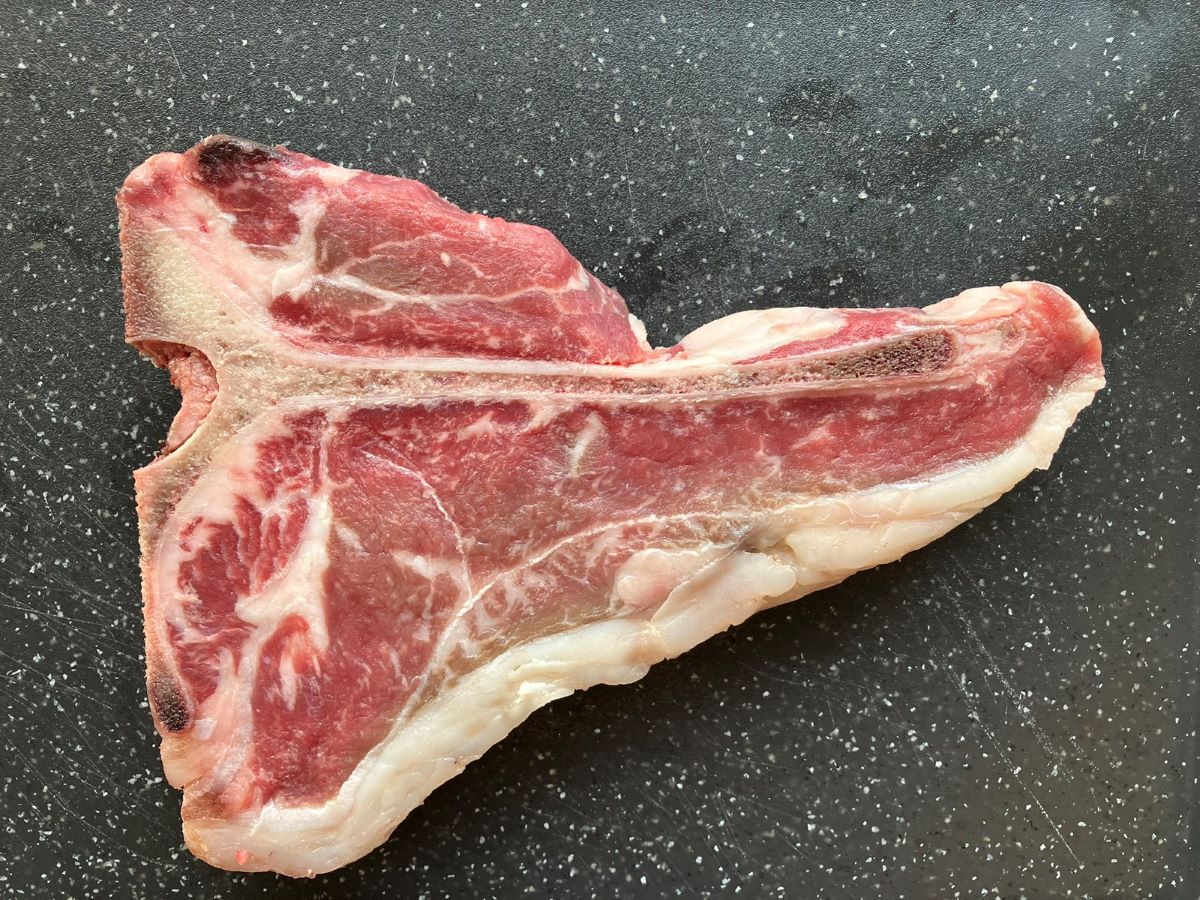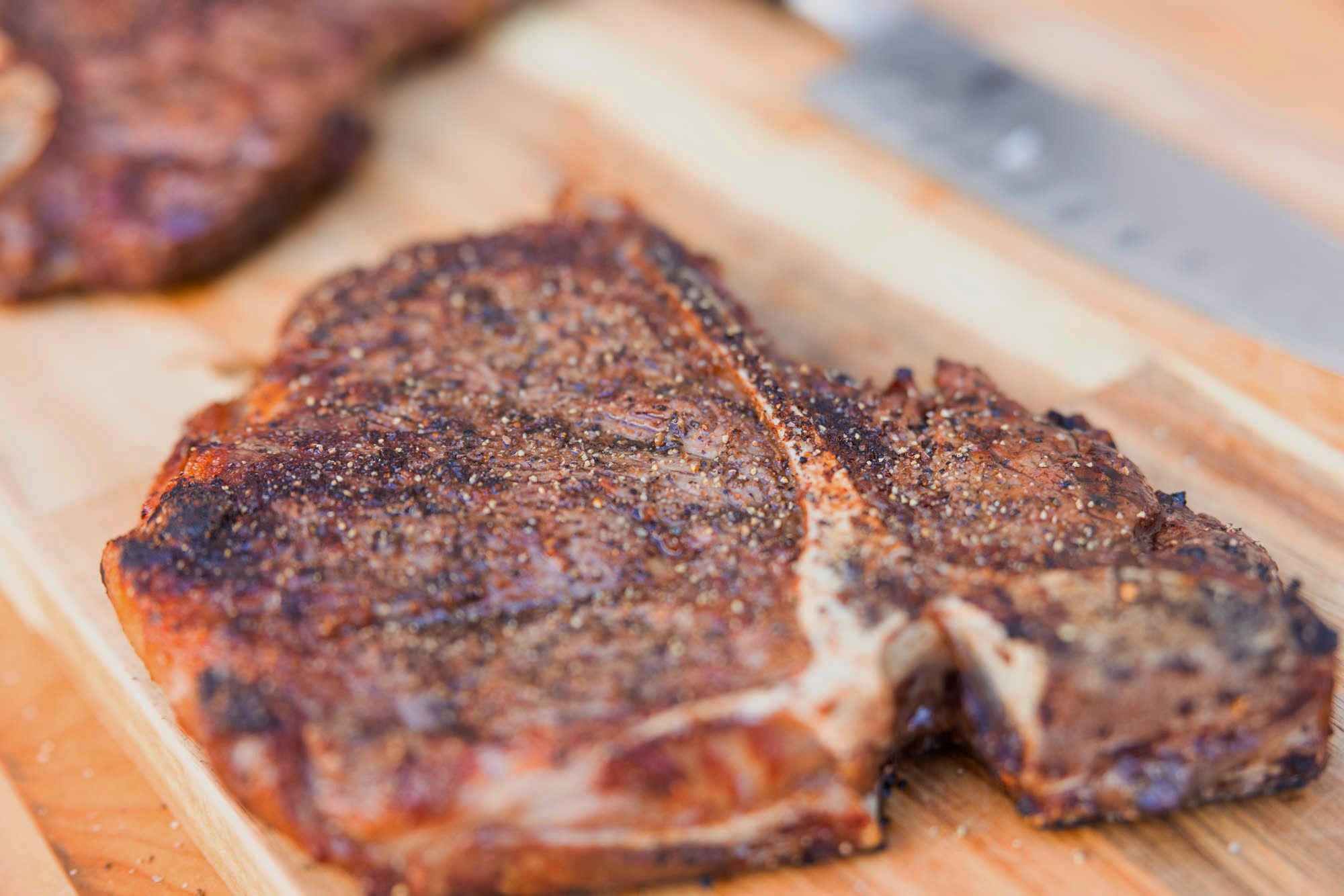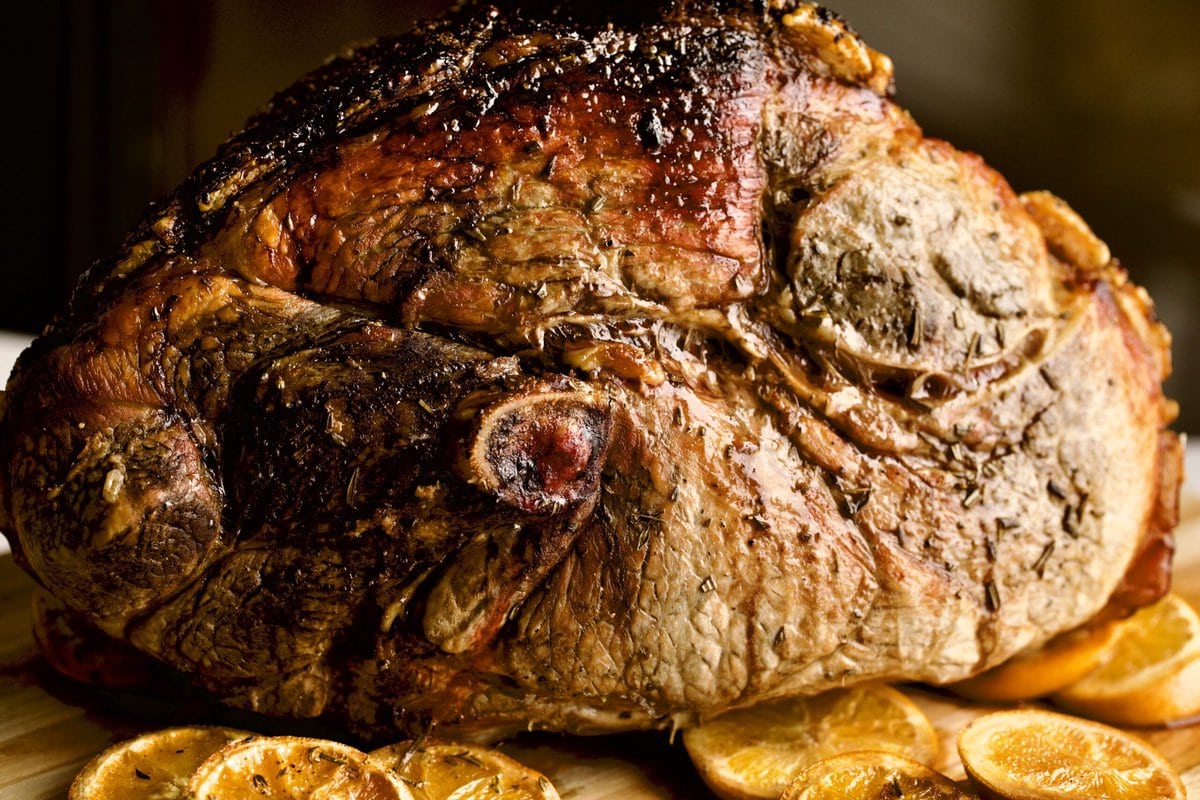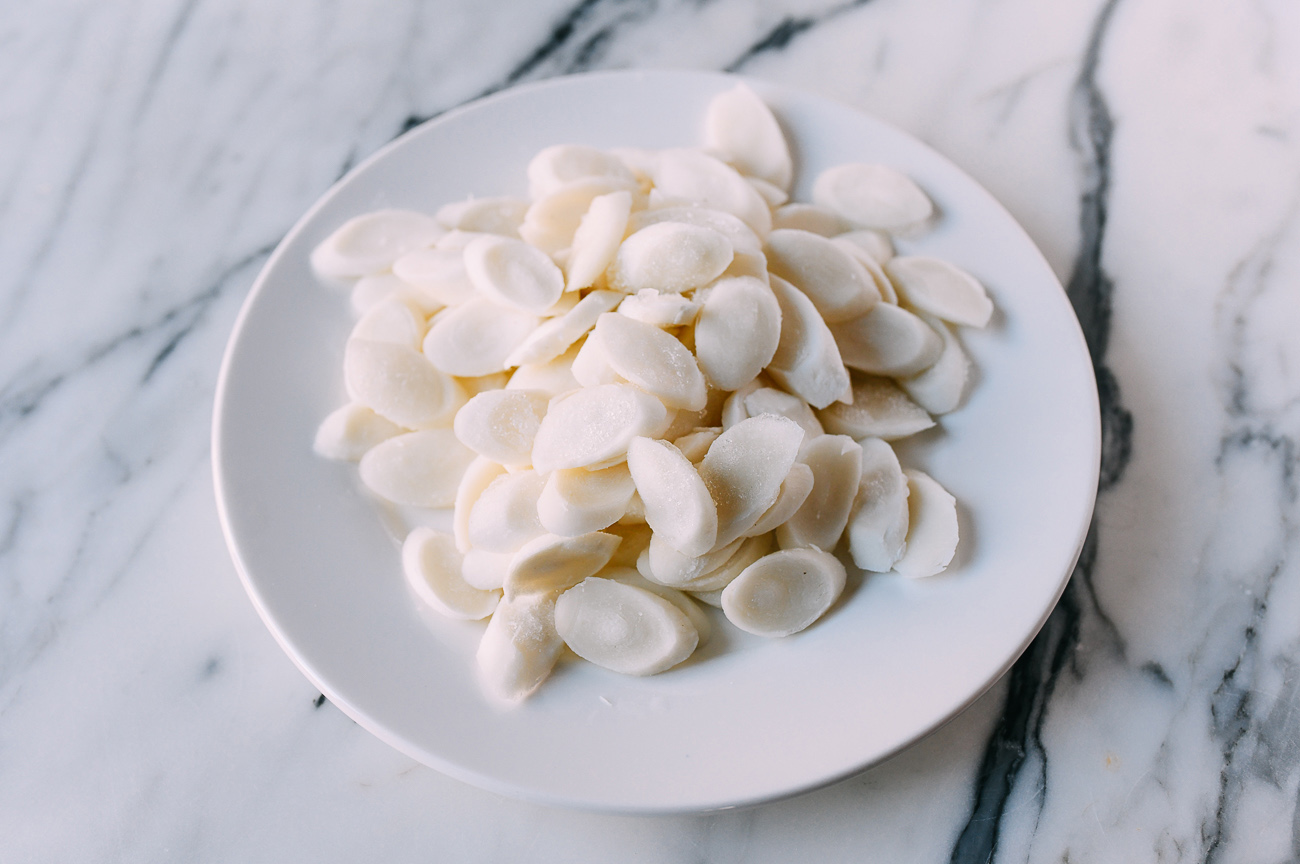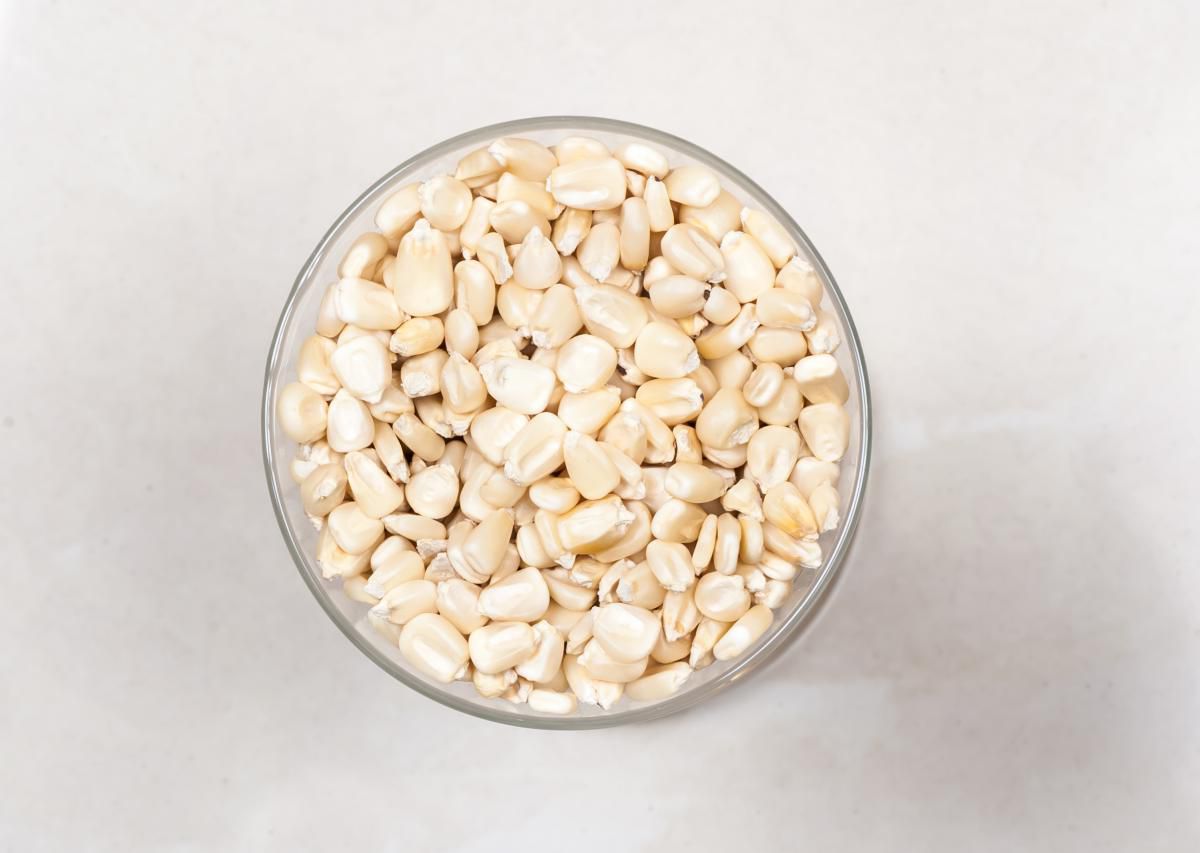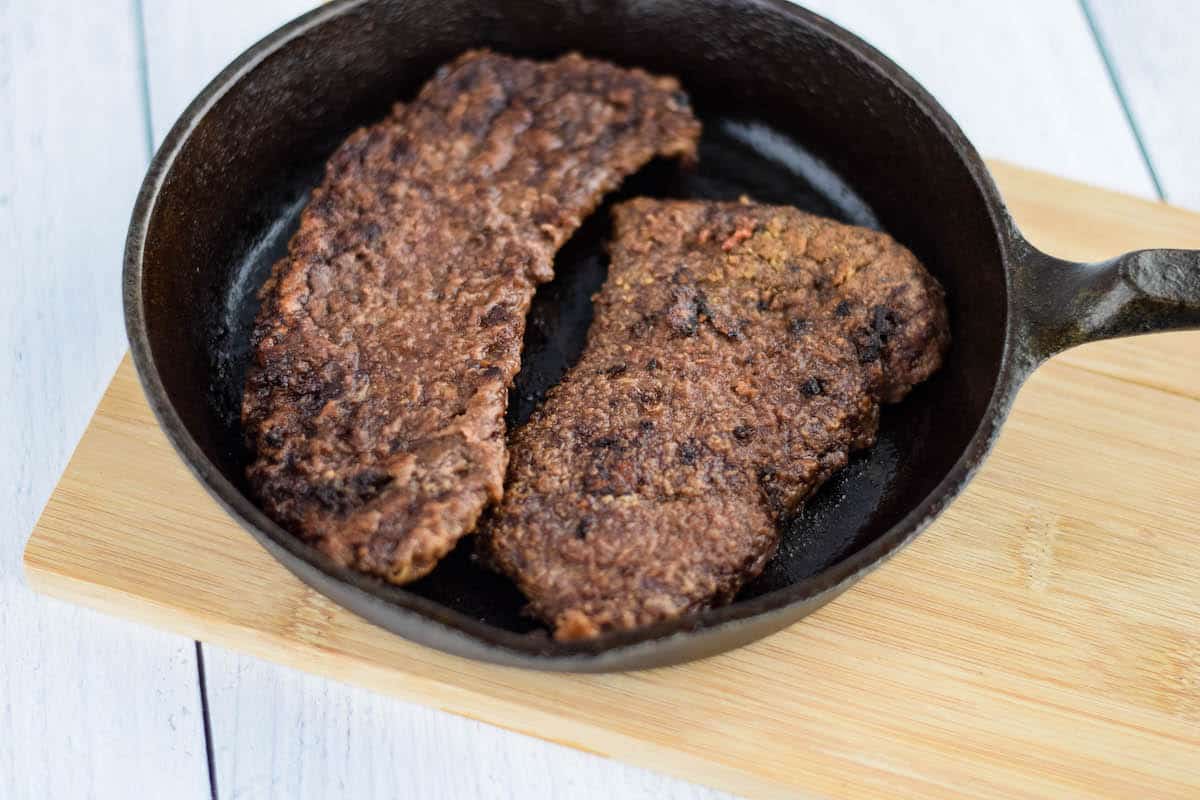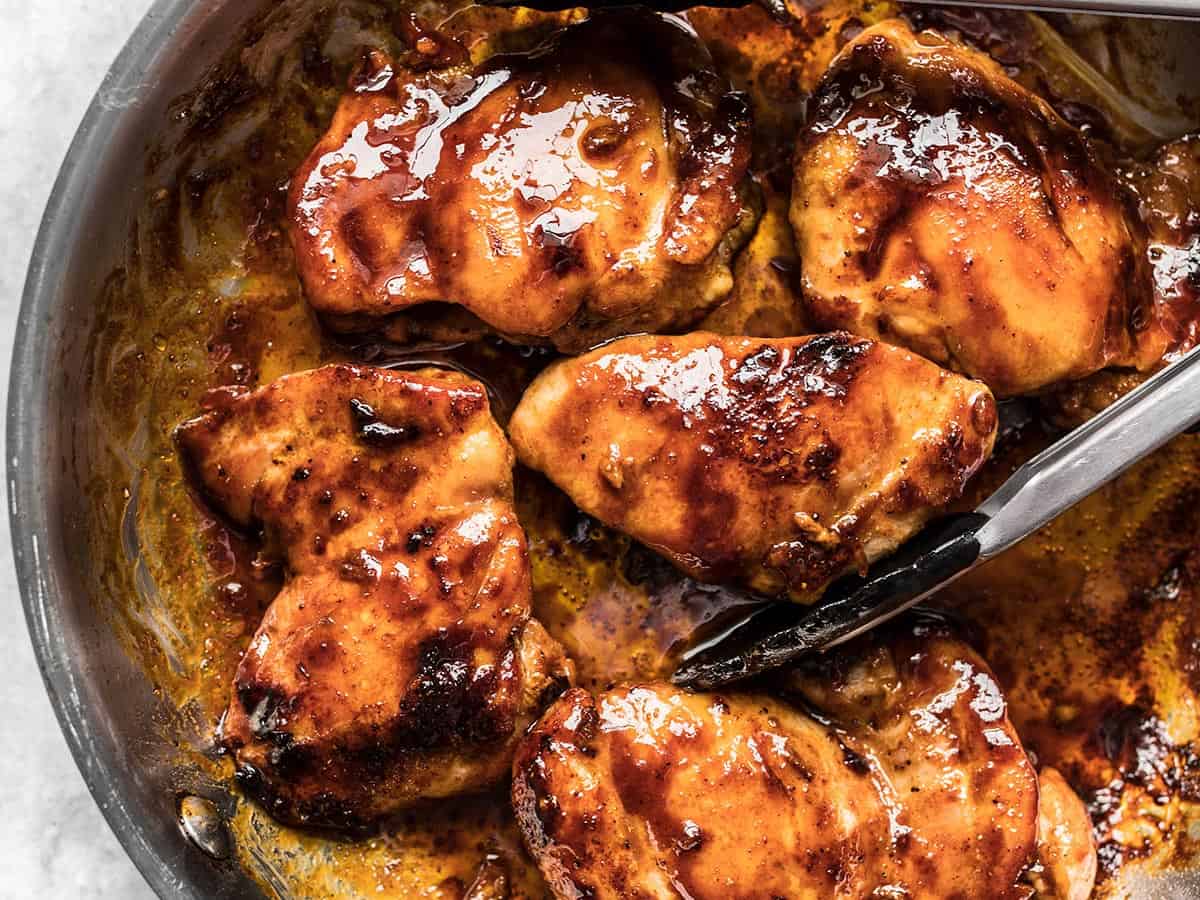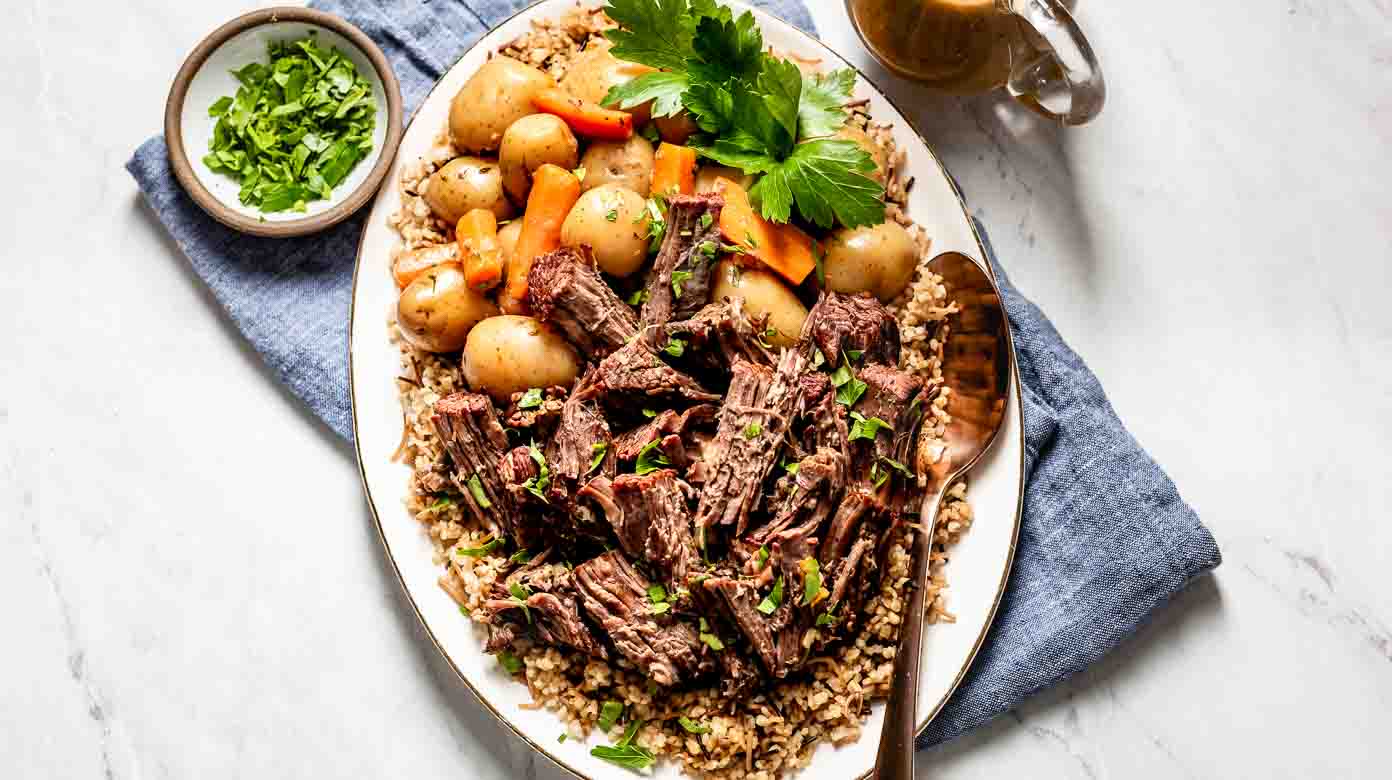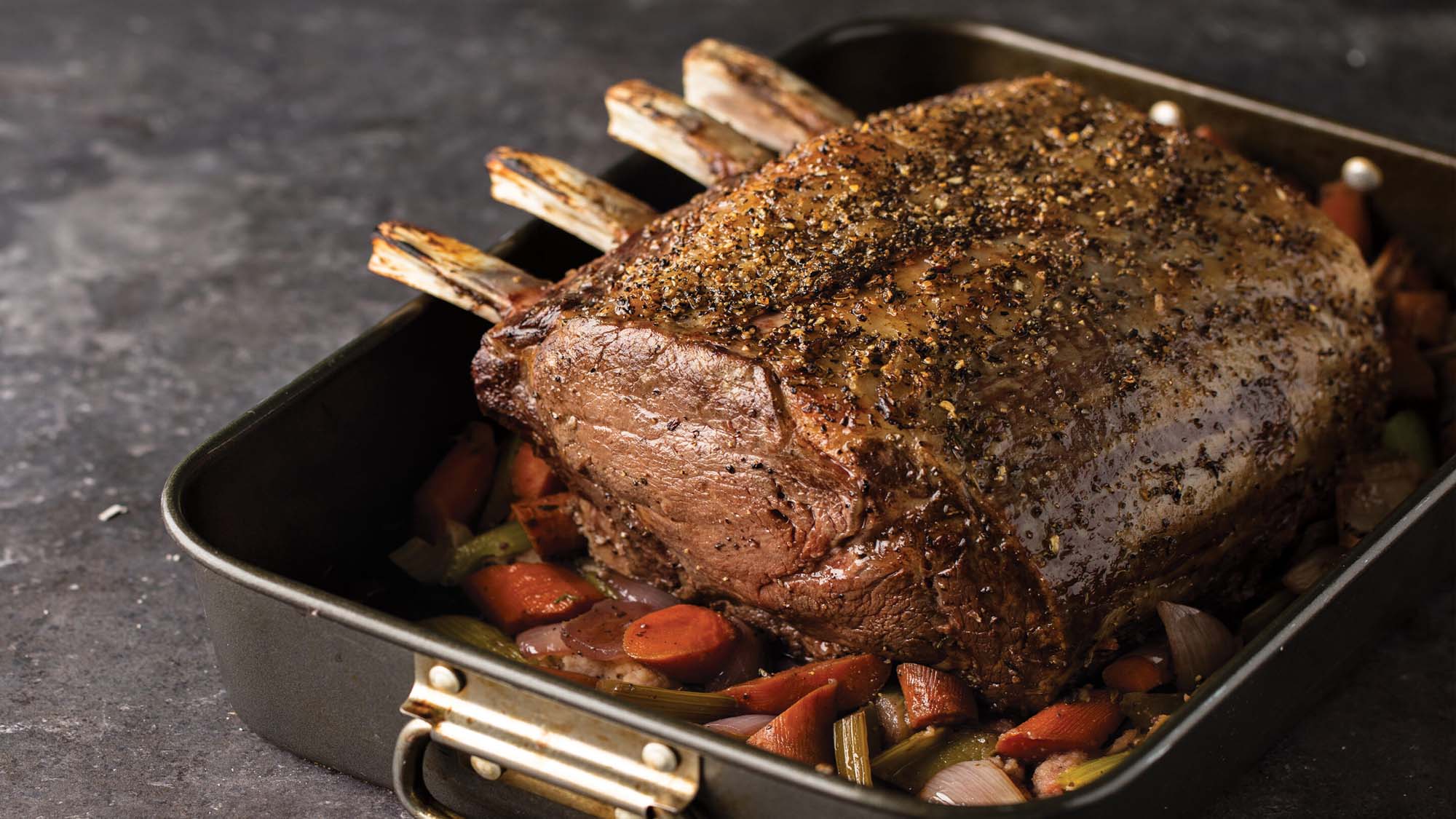The Perfect New York Strip Steak: Mastering the Electric Stove Method
When it comes to cooking a juicy and flavorful New York Strip Steak, you don’t need fancy grills or expensive equipment. With just a trusty electric stove and a few simple steps, you can create a steak that rivals the finest restaurants in New York City. Let’s dive in and discover how to cook the perfect New York Strip Steak on an electric stove.
Gather your Ingredients and Tools
Before we begin, make sure you have all the essential ingredients and tools:
- High-quality New York Strip Steak
- Sea salt and freshly ground black pepper
- Vegetable oil or cooking spray
- Cast iron skillet or heavy-bottomed pan
- Tongs
- Meat thermometer
Prepare the Steak
Start by removing the New York Strip Steak from the refrigerator and allowing it to come to room temperature. This step ensures even cooking throughout the steak. While the steak is resting, take the opportunity to season it generously with sea salt and freshly ground black pepper. The seasoning will penetrate the meat, enhancing its natural flavors.
Preheat your Electric Stove
Next, place your cast iron skillet or heavy-bottomed pan on the electric stove and preheat it over medium-high heat. The key to achieving a perfectly cooked New York Strip Steak is to create a hot, even cooking surface.
Sear the Steak
Once the pan is hot, add a thin layer of vegetable oil or use cooking spray to lightly coat the surface. Carefully place the seasoned New York Strip Steak onto the hot skillet. You should hear the sizzle as the steak makes contact with the pan. Searing the steak locks in the juices, resulting in a mouthwatering crust.
Flip with Confidence
Let the steak sear for about 4-5 minutes on one side, or until a golden crust forms. Then, using tongs, flip the steak to the other side. Be confident when flipping the steak to avoid sticking or tearing. Allow the steak to sear for an additional 4-5 minutes on the other side.
Check the Temperature
To determine the steak’s doneness, use a meat thermometer to take its internal temperature. For a medium-rare steak, aim for 130-135°F (55-57°C). Medium should be around 135-145°F (57-63°C). Remember to insert the thermometer into the thickest part of the steak for the most accurate reading.
Rest and Serve
Once the steak reaches your desired level of doneness, remove it from the pan and transfer it to a cutting board. Let it rest for a few minutes to allow the juices to redistribute through the meat, resulting in a more tender and flavorful bite. Slice against the grain and serve your perfectly cooked New York Strip Steak.
Experiment with Flavors
While a perfectly cooked New York Strip Steak is delicious on its own, don’t be afraid to experiment with flavors. You can elevate your steak by adding a pat of herb-infused butter on top just before serving. Alternatively, a drizzle of balsamic reduction or a sprinkle of blue cheese crumbles can take it to a whole new level of culinary delight.
Remember, practice makes perfect. Keep honing your skills, experimenting with cooking times, and adjusting seasoning to suit your taste preferences. With time, you’ll become a master of cooking New York Strip Steak on your trusty electric stove, impressing your friends and family with your culinary prowess.
For those looking to perfect cooking a New York Strip Steak on an electric stove, there are several mouth-watering recipes to test out using the guide. Start with the Classic New York Strip Steak with Garlic Butter for a timeless flavor that's hard to beat. For a more refined touch, the New York Strip Steak with Red Wine Reduction offers a rich, sophisticated profile. If you're in the mood for something bold, the New York Strip Steak with Peppercorn Sauce delivers a spicy kick. Those who love a sweet and smoky combination will find the New York Strip Steak with Bourbon Glaze irresistible. And for an adventurous twist, try the New York Strip Steak with Chimichurri Sauce, which adds a vibrant, herby freshness to the steak. Each of these recipes complements the cooking techniques outlined in the guide and offers a unique take on a classic cut of beef.
Was this page helpful?
Read Next: How To Cook Crab On The Grill

